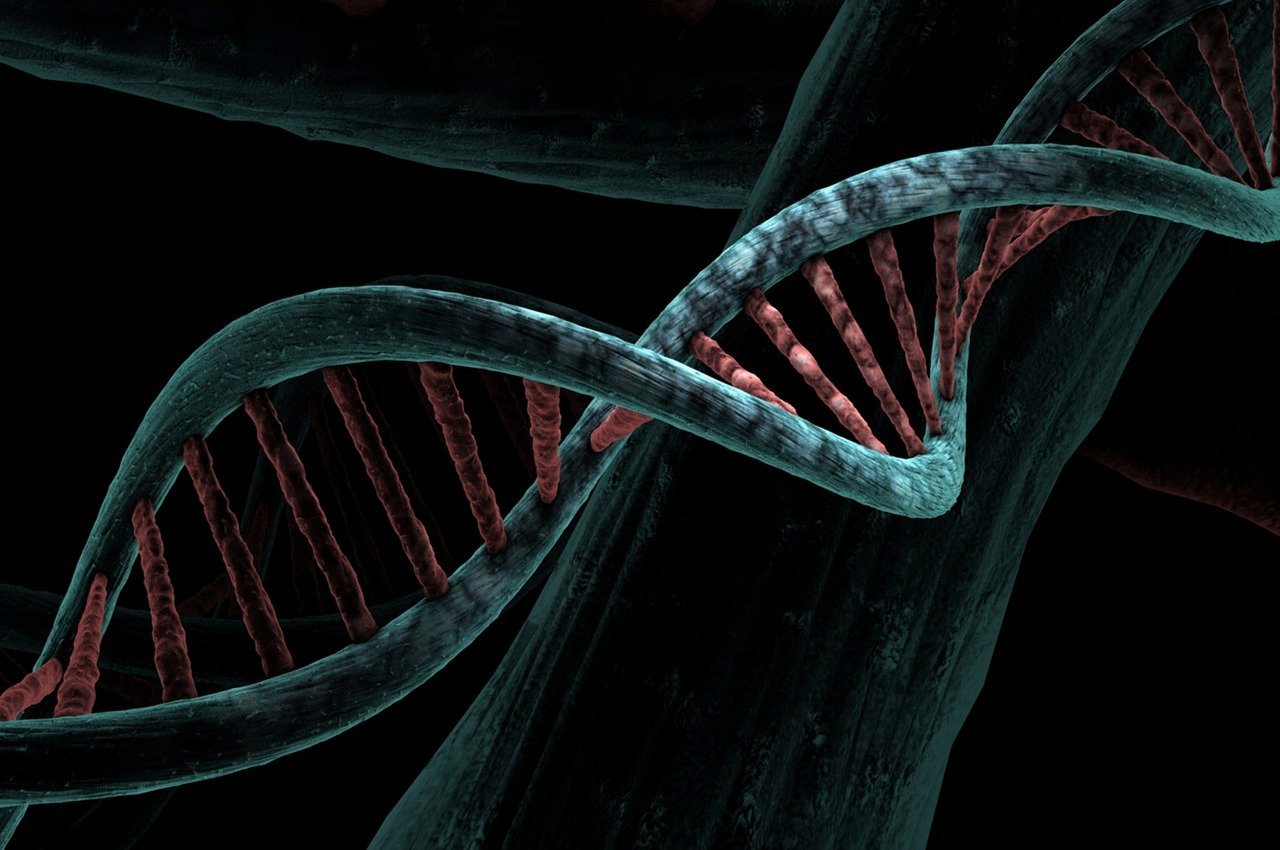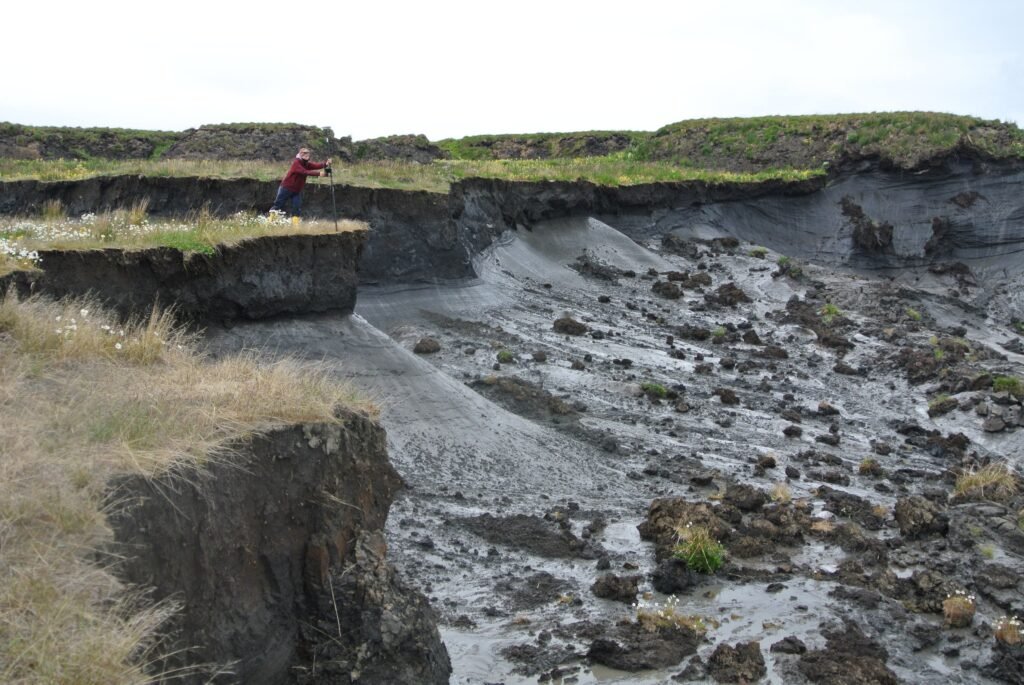To comprehend how epigenetics influences animal behavior and evolution, we must first understand what epigenetics entails. Epigenetics refers to the study of changes in gene expression that do not involve alterations to the underlying DNA sequence. These changes are often regulated through chemical modifications that “turn on” or “turn off” genes, impacting how genes function without changing the organism’s DNA. Various factors, such as environment, diet, and stress, can influence these modifications, leading to a dynamic interaction between an organism’s genetic makeup and its surroundings.
The Mechanisms of Epigenetic Changes

Epigenetic modifications mainly involve processes such as DNA methylation, histone modification, and RNA-mediated pathways. DNA methylation typically suppresses gene expression when methyl groups are added to DNA, affecting how genes are read by cells. Histone modification involves the alteration of histone proteins, around which DNA is coiled, affecting chromatin structure and gene accessibility. These mechanisms allow organisms to respond to environmental changes rapidly, providing a level of control over gene activity that traditional genetic inheritance alone cannot achieve.
Epigenetics and Animal Behavior

Epigenetic changes have significant implications for animal behavior. They can influence mating rituals, foraging strategies, and stress responses. For example, studies in rodents have shown that maternal behavior can shape the stress responses of offspring via epigenetic mechanisms. When a mother rat grooms her pups frequently, it can lead to a decreased stress response in the young due to altered epigenetic marks on genes involved in stress regulation. This adjustment aids in behavioral adaptability and survival by preparing the next generation for their anticipated environment.
Epigenetics in Evolutionary Adaptation

Epigenetic changes can complement genetic evolution by enabling rapid adaptations that do not rely on changes in DNA sequence alone. This plasticity provides a survival advantage in rapidly changing environments, allowing populations to cope with new challenges quickly. Evidence suggests that epigenetic mechanisms have played roles in marine organisms’ adaptations to ocean acidification and temperature changes, indicating their crucial role in evolutionary processes.
Case Study: Epigenetics in Honey Bees

The honey bee offers a fascinating example of epigenetic influence. The differentiation between worker bees and queen bees is a classic case of epigenetics at play. All bees in a hive share the same DNA, but differences in diet (specifically, royal jelly) result in the queen bee’s development rather than a worker bee. The diet leads to epigenetic changes that activate or suppress genes responsible for reproductive and behavioral traits essential for a queen bee’s role.
Implications and Future Directions

The implications of epigenetic research in animal behavior and evolution are vast. Understanding these processes could lead to advancements in conservation efforts, allowing scientists to predict how species will cope with environmental changes. Moreover, it opens up possibilities for enhancing animal welfare by managing stress or improving resilience through environmental modifications that induce beneficial epigenetic changes.
Conclusion: The Epigenetic Story Unfolds

Epigenetics adds a profound layer of complexity to our understanding of biology. Its role in regulating animal behavior and driving evolutionary processes reveals a dynamic interplay between genes and environment, significantly contributing to the adaptability and diversity of life. As research continues to unravel the nuances of epigenetic mechanisms, the potential for profound biological insights and practical applications will continue to grow, revolutionizing our approach to animal science and evolution.




